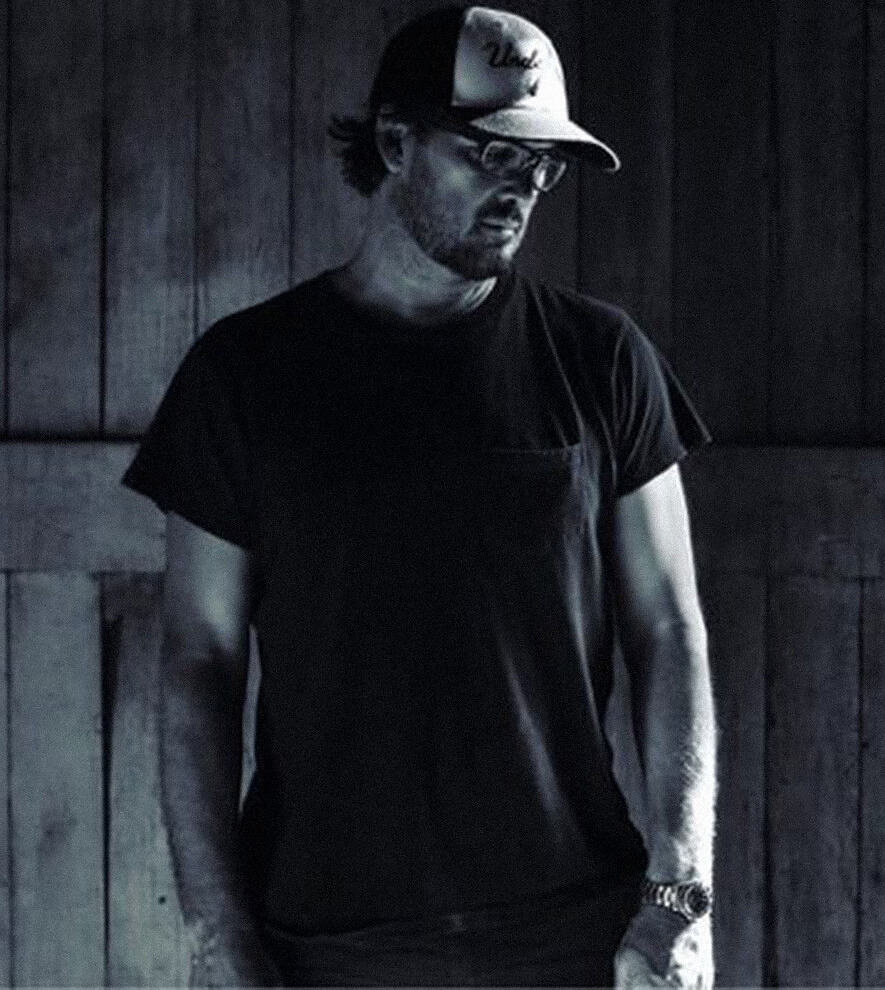Brett Foraker began his career as a painter before turning to photography and filmmaking. All of his projects are imbued with a lyrical and at times surreal point of view.
His early years were spent developing the lauded brand identities of channels such as TCM, Film4, and E4. He was appointed the youngest-ever Creative Director of Channel 4 (UK) where he directed the multi-award-winning C4 Idents and Faces of 4 campaigns.
Since then, he has been making adverts through
Ridley Scott Associates where he has directed award-winning campaigns for Toyota, Sony, British Heart Foundation, and Syfy, to name a few. Among his many accolades are awards from Cannes Lion, Creative Circle, BTAA, and the coveted Black Pencil from D&AD.
He was the guiding force behind the 4Creative, and has been on Campaign's A-List as one of the world's leading creative thinkers. His work has appeared frequently in Creative Review, Boards, Shots, and was featured in Saatchi's Young Directors' Showcase in Cannes. Later he collaborated with brands such as Lexus, Puma, and Samsung+Rihanna.
He lives and works in Los Angeles. As well as being an in-demand director and screenwriter, Foraker has been working on several portfolios of abstract and experimental photography. These are presented here for the first time.
We asked him a few questions about his life and work.
Statement
I am a gestural photographer. I want to push beyond traditional image-making to incorporate abstraction and the energy of movement into my pictures. On some level I am trying to break photography or at least our previous ideas about what makes a beautiful picture.
This started with experimentations in abstracting the everyday: people merging with the architecture of the city, spectral palm trees in the morning fog. It evolved into arresting the motion of common occurrences: exploding waves, rippling flags, the sculptural moment where a bridge and an onramp converge.
I still felt the need to push further.
I have long been intrigued by the errors that are generated by intentionally misusing our cameras and phones. By forcing these devices to act against their programming, we can replicate and even extend some of the experiments that were conducted in the early days of photography. Back then it was the use of long-exposure or even multi-exposure within individual frames that led to such accidents. Now, we can use these techniques as the building blocks for creating a kind of digital expressionism. The camera itself can record our gestures, acting as both brush and canvas, warping reality in a way that is at once controlled and randomized.
I now apply these techniques to some of our oldest forms: landscapes, portraits, floral still lifes-everything is up for grabs. The fact that these images often express what it feels like to inhabit an increasingly fragmented digital world is more than a happy coincidence. It is what I was striving for all along.
Exclusive Interview with Brett Foraker
